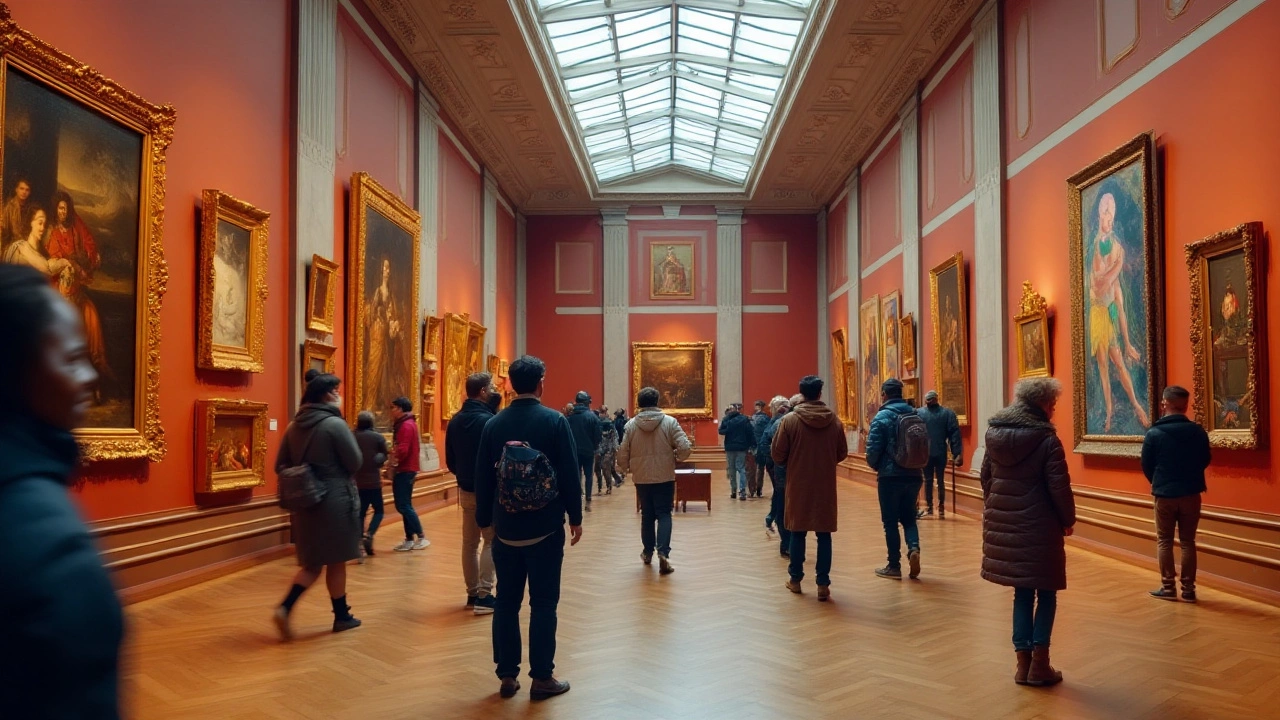Artistic Styles: Your Quick Guide to Modern, Abstract, Portrait & More
Ever wonder why a painting feels calm while another jumps at you? It’s the style behind it. Knowing a few key artistic styles helps you pick what you like, talk about art with confidence, and even try creating your own pieces.
Why Knowing Styles Matters
Each style carries its own set of rules, tools, and emotions. When you can name a style, you instantly understand the artist’s choices. For example, abstract art isn’t just random splashes – it’s a way to send a feeling without a clear picture. Modern art, on the other hand, broke away from old traditions and often uses new materials like digital media or AI. Spotting these differences makes museum trips more fun and helps you decide which style fits your next project.
Style knowledge also saves money. If you’re buying a print, knowing whether it’s a signed giclee or a mass‑produced poster tells you if it’s worth the price. And if you’re hiring a portrait painter, understanding the nuances of traditional versus contemporary portrait styles lets you set the right expectations and budget.
Top Styles to Try Right Now
Abstract Art – Start with simple color blocks or thick brush strokes. Ask yourself what mood the colors create instead of looking for a recognizable object. This style works great for beginners because you don’t need perfect technique, just honest expression.
Modern & Contemporary – Mix media, use digital tools, or experiment with AI‑generated patterns. Look at recent exhibitions that blend photography, sculpture, and video. The goal is to push boundaries, so feel free to use everyday objects as art supplies.
Portrait Painting – Whether you prefer oil, acrylic, or watercolor, focus on the eyes. Artists say the eyes carry the emotional punch. Try sketching a friend’s face first, then decide if you want a realistic oil portrait or a looser, expressive acrylic version.
Sculpture for Beginners – Start with cheap materials like clay, cardboard, or even recycled trash. Simple projects like making a basic figurine or a textured wall piece let you learn shape, balance, and texture without breaking the bank.
Digital Art – Convert a hand‑drawn sketch into a digital illustration using free software. This bridges traditional drawing skills with modern tools, opening doors to online portfolios and client work.
Pick one style that catches your eye and give it a try this week. You don’t need expensive supplies – a few cheap paints, some clay, or even a free drawing app will do. As you experiment, notice how each style makes you feel and what you enjoy about the process.
Remember, the best way to learn is by doing. Jump in, make mistakes, and watch how your own artistic voice starts to form. When you look at the next gallery or browse online, you’ll spot the styles instantly and understand why they matter.

10 Oct 2024
Exploring the distinction between classic and contemporary art styles reveals an insightful journey through time and creativity. Classic art often invokes traditional techniques and themes, whereas contemporary style embraces innovation and the evolution of thought. This article delves into the defining characteristics of each style, their historical contexts, and how they continue to influence the art world today. Tips for appreciating and identifying these styles are also shared, enriching one’s art appreciation journey.
Continue reading...
